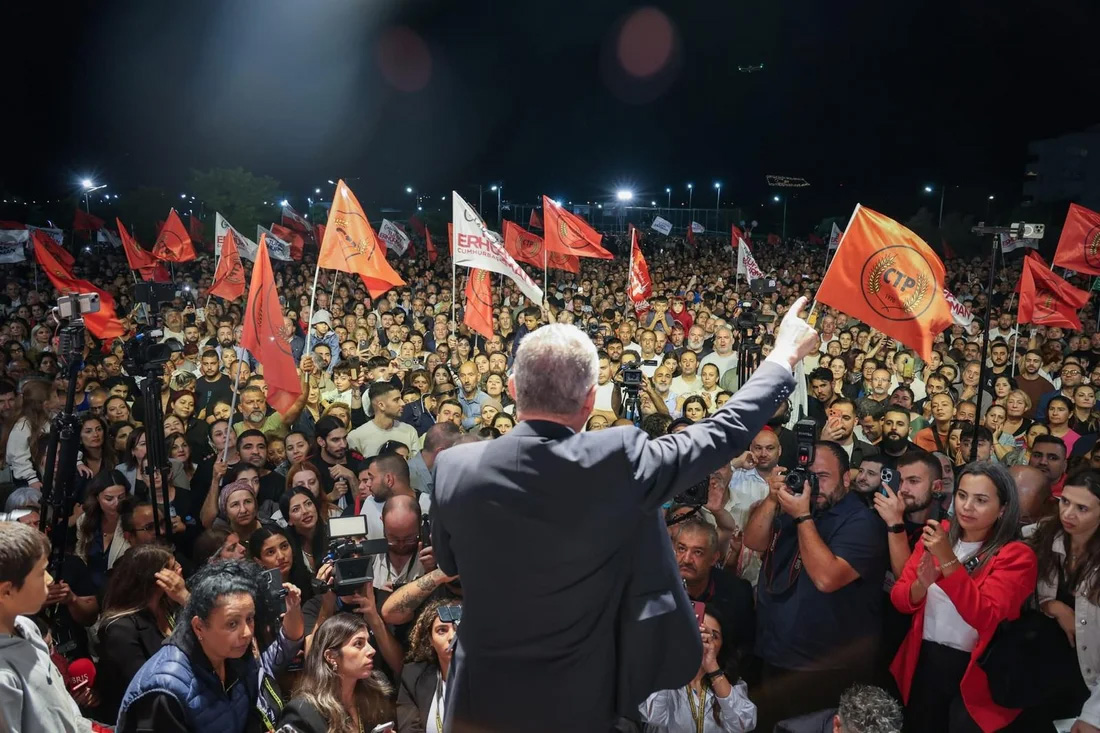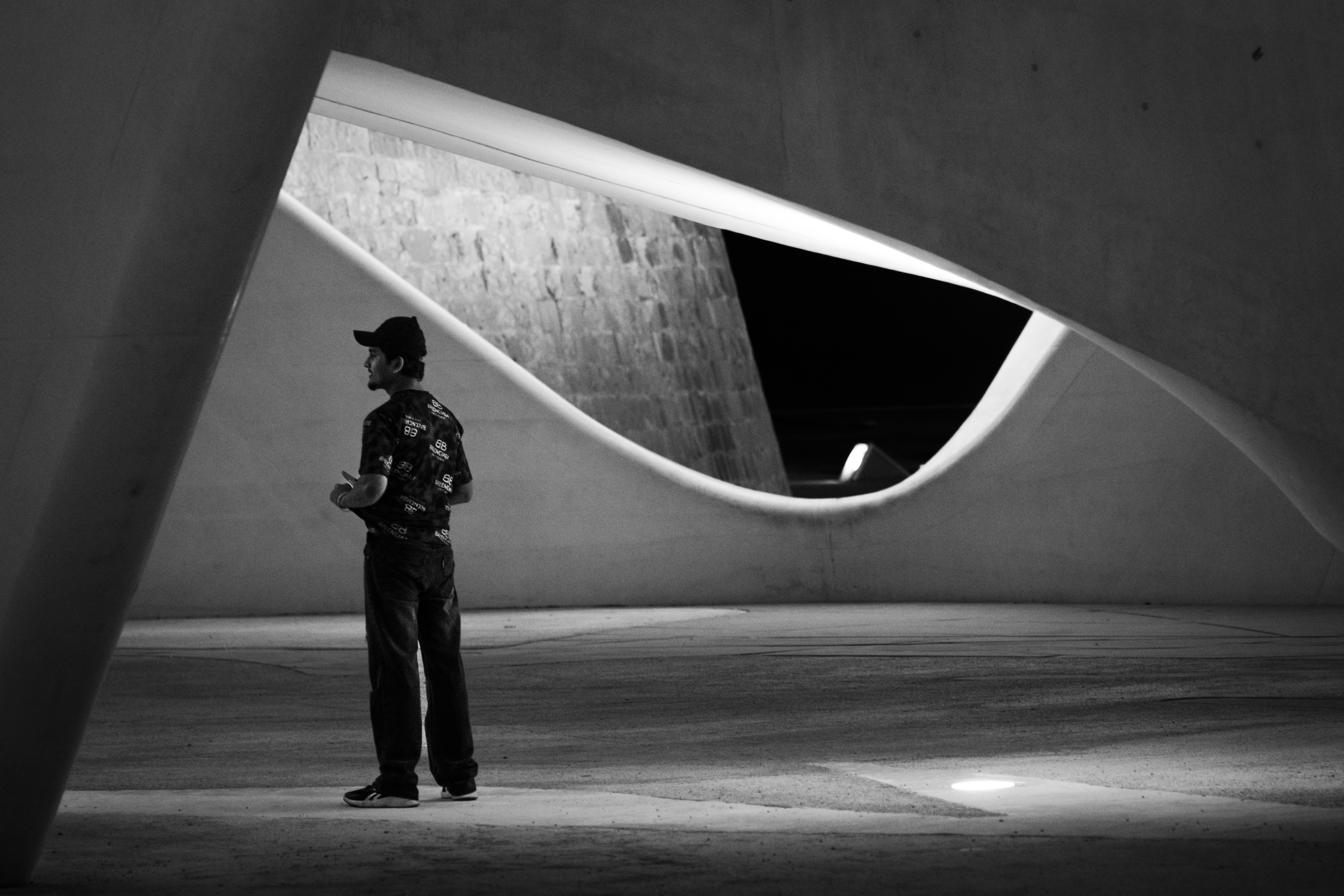By Alan Baldwin
The top three Formula One drivers in Sunday’s British Grand Prix will have to handle their trophies with care during the podium celebrations or risk ending up with a pile of LEGO toy bricks.
The novel trophies are part of a multi-year partnership between LEGO and Formula One that has already put drivers in a fleet of 10 brick-built cars for a pre-race parade at the Miami Grand Prix, a moment that went viral.
Sunday’s race marked 75 years of the championship at the Silverstone circuit where it started in 1950 and the winner’s gold-adorned LEGO trophy, modelled on the real RAC golden trophy, is made of 2,717 bricks.
It weighs more than 2kg and is more than 59cm high.
The second and third-placed trophies are white with red and blue detailing respectively, while the constructors’ is dark blue and gold.
“We wanted to create something very special because it’s the 75th anniversary,” LEGO’s chief product and marketing officer Julia Goldin told Reuters.
The blocks are stuck together with glue, and took seven builders 210 hours to create in Denmark. Goldin said breakages would not be the end of the world.
McLaren’s Lando Norris did just that in Hungary with a special porcelain trophy in 2023.
“If he smashes the trophy it will fall apart into thousands of beautiful bricks,” said Goldin. “And then we can rebuild it. Because that’s the whole point of LEGO bricks.
“You can create amazing things and then you can rebuild them. I just want the drivers to be happy and whatever they do is fine.”
NEW AUDIENCES
Formula One is reaching out to a new demographic, and particularly a younger audience, with considerable success and has found partners in previously untapped areas.
That includes deals with Mattel’s Hot Wheels toy cars, a 2026 collaboration with Disney’s Mickey & Friends and LEGO announced last year.
Emily Prazer, Formula One’s chief commercial officer, rejected any suggestion of the sport “dumbing down” and said the strategy was to make brands more accessible and reach out to those who may never go to a race.
“LEGO puts us in nearly every shopping mall in the world,” she told Reuters. “Disney helps us appeal to the next generation of fan. Hot Wheels and Mattel allow for kids to actually play with the cars at home.”
Goldin said LEGO also appealed to more and more adults and had products that were intriguing to people with all kinds of interests.
“The same is happening with F1 and there is a real benefit of how the sport is able to engage different people with different interests and different elements of the sport,” she said.
“We are not just trying to turn the sport into a toy but actually trying to help the fans to experience the best.”







Click here to change your cookie preferences